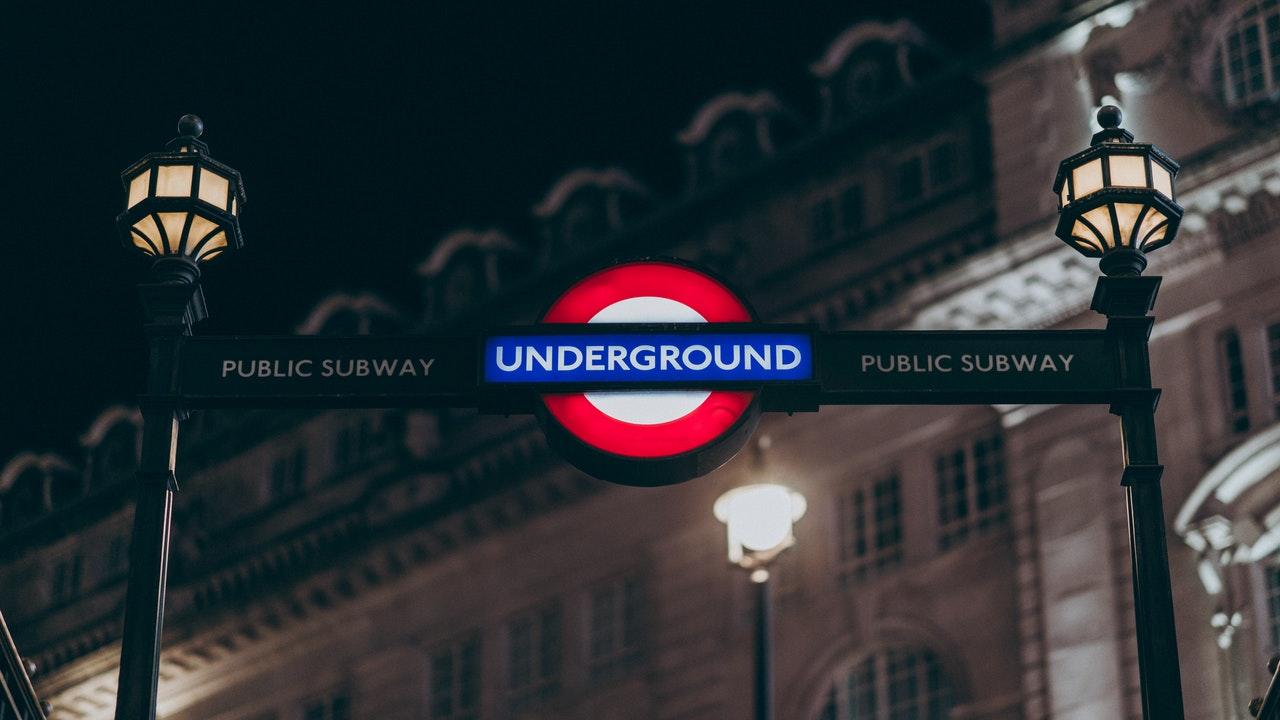Smart tech crucial to rebuilding trust in public transport after pandemic: 61% of people plan to use public transport less frequently than before the pandemic.
Smart Tech Aids Recovery
Smart technology must be at the heart of British public transport systems to help regain public trust in its safety and security, suggests new research into public opinion of smart cities.
Despite 85% of the UK’s rail network now running, the research by Milestone Systems has revealed that almost four in 10 (39%) are now more reluctant to use public transport, and one in 10 (10%) would not use public transport at all due to worries about infection risk.
The mass return to train travel is an opportunity for a significant change to the network’s data infrastructure and an opportunity to rebuild trust in public transport and limit long-term avoidance following the pandemic.
2/5 People Plan To Travel As Frequently as Pre-Pandemic
The consumer research commissioned by the leading video management software provider found that only around two-fifths (39%) of people plan to use transport more or as frequently as they did before the pandemic, demonstrating a clear need for the government and public sector to attract users back to public transport.
Steps are already being taken towards this, with the recently announced plan to bring the rail network under single national leadership. The new Great British Railways umbrella is promising improved infrastructure, better fares and busier timetables to the public.
However, there must be a greater assurance of the safety of travelling on public transport to give a more hygiene-conscious society peace of mind while travelling. This can realistically be achieved through the use of smart video tech, which can identify potentially contagious passengers and optimise the flow of people through high footfall areas, for example.
Malou Toft, VP EMEA at Milestone Systems said: “The public is more aware than ever of the risks of infection-spread whilst around large numbers of people, even for short periods of time, and this mentality will likely continue beyond the end of the pandemic. When you consider what public transport hubs looked like before the pandemic, it is obvious why so many people have reservations about using them again.”
“Fortunately, there are a number of smart technology options which will not just rebuild public confidence, but also genuinely protect passengers from contracting Covid, and indeed other contagious illnesses, while travelling.
“Skin temperature detection can indicate feverish passengers, mask detection and crowd counting to avoid overcrowding, and to forecast carriage numbers. Digital signage allows for clear communication, heat mapping optimises people flow and proximity identification enables social distancing. All of these technologies are readily available with the ability to anonymize data through meta data aggregation, privacy masking, data purging and much more. Thereby, they would overcome many of the post-Covid fears around public transport use, without compromising data privacy. Step one will be to implement them, and step two requires transport companies to communicate their benefits, so that the public is aware of its usage and purpose.”



